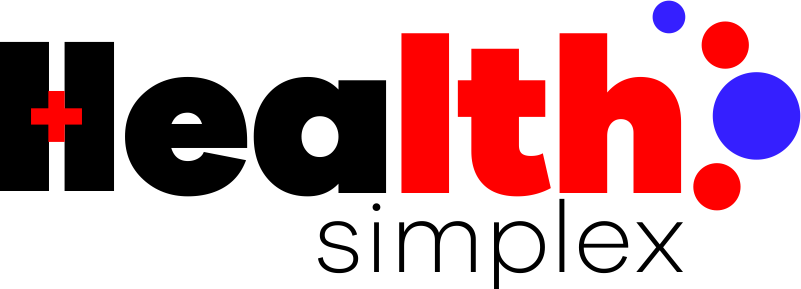
06 Aug BREASTFEEDING.
Over the years, many things have been attributed to breastfeeding. In Igboland, when a person, especially a child misbehaves, people usually ask ‘E nwukwara ara nne gi? Translation-Did you suck your mother’s breasts?
This is because it is assumed that breast milk
confers a kind of wisdom, a sense of responsibility and propriety, hence anyone who behaves outside the expected norm is asked ‘E nwukwara ara nne gi? (Did you suck your mothers breast)’
In his early months of life, a baby needs to take food in quality and quantity that allows easy digestion and assimilation if he must thrive. This food must contain in liquid form, a reasonable balanced mixture of proteins, fats, carbohydrates, minerals and vitamins all of which can be found in the breast milk.
It’s been said that some herbs can stimulate breast milk production even in women who haven’t been pregnant; this is more or less a myth.
WHAT IS THIS BREAST MILK:
Just in case you don’t know, breast milk is the milk produced by
the female breast and its major contents are lactose, protein, fat and water, it also contains caesinogen, lactalbumin and lactoglobin.
Breast secretion changes from colostrum to milk and the color changes to brownish white.
COLOSTRUM:
This is the yellow fluid produced in the first two days after delivery and on the 3rd-4th day, the secretion changes to normal breast milk. Colostrum contains a higher concentration of proteins and minerals compared to normal breast milk, it also contains Immunoglobulin A which helps prevent infection. Colostrum may also help clear the small intestines of the baby if it becomes contaminated by infected materials swallowed during the birth process. Mothers are encouraged to put the baby to breast soon after birth.
TYPES OF BREASTFEEDING:
i. Exclusive breastfeeding: This is done for the first 6 months. During this time, the baby gets all his nutrients and energy requirements and water from breast milk alone.
ii. Ordinary breastfeeding: Breast feeding plus complimentary feeding or introduction of water and additional feeding.
iii. Optimal breastfeeding: This is exclusive breastfeeding for at least 6 months plus introduction of additional food and water with breastfeeding continuing for at least 2 years.
BENEFITS OF BREASTFEEDING:
FOR THE CHILD-
i. Breast milk provides the ideal nutrition for infants and it is in an easily digestible form.
ii. Contains antibodies that help the baby fight off viruses and bacteria.
iii. Lowers the baby’s risk of having allergies.
iv. Exclusively breastfed babies have fewer infections, respiratory illnesses and bouts of diarrhea hence fewer hospitalizations and trips to the Doctor.
v. Breast milk is cheap and clean.
vi. Breast milk reduces the risk of juvenile onset diabetes mellitus.
vii. Breastfeeding has been linked to higher IQ scores, this is possibly because it contains the long chain fatty acids needed for brain development.
viii. Breastfeeding also provides an avenue for mother-child bonding which is very important.
MATERNAL BENEFITS-
i. Breastfeeding burns extra calories and can help lose pregnancy weight faster.
ii. Oxytocin released during breastfeeding helps the uterus return to its pre-pregnancy size and may help reduce postpartum hemorrhage (bleeding after child birth).
iii. Lowers risk of some cancers example breast and ovarian cancers.
iv. Can act as a natural form of birth control, this is because ovarian activity is inhibited, leading to lactational amenorrhoea. As long as breastfeeding is actively ongoing, there’s a low possibility of menstruation and hence no ovulation.
TIPS ON GOOD BREASTFEEDING
POSITIONING DURING BREASTFEEDING: The mother should ensure that all the nipple and most of the areola (the dark skin that surrounds the nipple), is inside the baby’s mouth. The mother should hold the breast away from the baby’s nose to avoid interrupting baby’s breathing, because if baby cannot get enough air, he will stop suckling.
FREQUENCY OF FEEDING: Baby should be fed on demand. This keeps the baby happy and enhances milk production. Feeding on demand helps prevent problems like cracked nipples, breast engorgement or breast abscess.
AIR SWALLOWING: Most babies swallow some air during feeding, if this air remains in the stomach, it distends the stomach to its capacity before an adequate amount of milk can be taken in and the infant refuses to feed any longer. This means you have to bring up air/burp the baby one or more times during feeding and also after feeding.
PROLONG SUCKLING ON A BREAST: Prolong suckling on a particular breast as against the constant rotation between both breast is advisable as it affords the baby a good suckle time to gain the hind milk which is important as the hind milk is richer in content than the fore milk which is produced initially during suckling.
GOOD MATERNAL SITTING POSITION: This is very important as it affords the mother the ability to breastfeed for long than when she is not comfortably sited.
ABC’S OF BREASTFEEDING:
A=Awareness: Watch your baby for the signs of hunger and breast feed whenever baby is hungry. This is called feeding on demand. Hungry infants move their hands towards their mouths or making sucking noises or mouth movements or even move towards your breasts.
B=Be patient: Breastfeed for as long as your baby wants to nurse each time. Don’t hurry your baby through feedings. Infants typically feed for 10-20 minutes on each breasts, then you can switch to the other breast.
C=Comfort: this is very important. Relax while breastfeeding, you can support your head, neck or arms with a pillow, you can also use a footrest or prop to support your feet.
DIFFICULTIES IN BREASTFEEDING:
CAUSES IN THE INFANT:
i. Illness: This makes the baby reluctant to feed but can be encouraged to feed if a drop of milk falls on his lips.
ii. Disproportion between the nipples and the baby’s mouth.
iii. Micrognathia: tiny mouth with tiny jaws.
iv. Obstruction to nose breathing: if the babies struggle to breathe during breastfeeding, they refuse the feed.
CAUSES IN THE MOTHER:
i. Breast engorgement: This is when the breast becomes swollen and painful. Usually occurs when excess milk is produced and there’s no outlet so it stores, causing swelling and pains, this may happen in women who are separated from their babies at night or women who work long hours away from their infants during the day. This can also be due to infection as seen in acute mastitis.
ii. Breast abscess and acute mastitis: Same as in above.
iii. Poorly developed or retracted nipples.
iv. Cracked nipples.
CONTRAINDICATIONS TO BREASTFEEDING:
i. A hepatitis B positive mother, this is because the virus can be transmitted through breast milk.
ii. HIV positive mothers not on Anti-retroviral therapy.
iii. Mothers undergoing chemotherapy and certain drugs, this is because the drugs can pass into the breast milk and may pose some danger to the child.
iv. Mothers on certain drugs example opiates, drugs for Parkinson’s disease or arthritis, also because the drugs can pass into the breast milk.
v. Mothers on illegal drugs such as cocaine or marijuana.
vi. Women with active tuberculosis.
SOME CHALLENGES TO BREASTFEEDING:
vii. If partner is indifferent to breastfeeding.
viii. If mother and child are separated at night for any reason.
ix. Organizations where women are expected to work soon after delivery.
x. Breastfeeding in public places.
FACTS:
Only 17% of infants are exclusively breastfed for 6 months in Nigeria (NDHS 2013), far below the global Exclusive breastfeeding rate of 36% (WHS2013).
However, we can change the statistics and improve infant nutrition in Nigeria by supporting women to practice exclusive breastfeeding.
Breastfeeding is natural, cheap and safe.
NDHS-Nigerian demographic and health survey
WHS-World humanitarian summit





stephen ehimare
Posted at 22:38h, 10 AugustEnter your comment… sleek
Francis Chidi
Posted at 11:46h, 25 AugustSo true… My six months daughter prefers breast milk till date,lol. She surprises me with some of her actions, I need not to be told that she will be of higher IQs. My worry…what advice do you have for babies with micrognathia?
Uche Eze
Posted at 21:06h, 25 Augustnow u have it…very detailed..
Uche Eze
Posted at 21:06h, 25 Augustnow u have it…very detailed..
Health Simplex
Posted at 11:55h, 26 AugustHello Francis.
For such conditions you may need to use special feeding options as suckling for such infants would be difficult or near impossible. However most hospitals have programs where such options are taught but in absence of such centers we do advice talking to a pediatrician who would advice on possible feeding options as well as treatment options for a child with micrognathia.